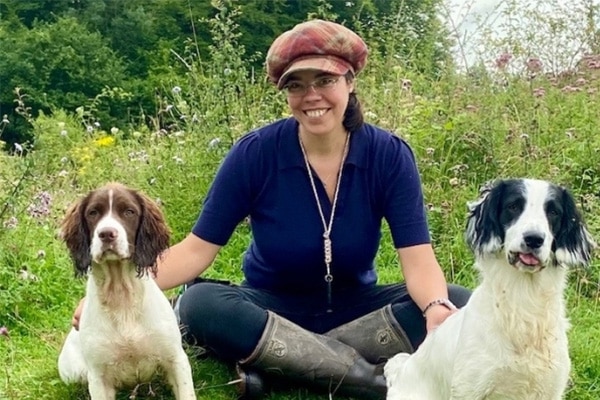
BASC welcomes environmental lawyer to the ranks
Marnie Lovejoy has been appointed as BASC’s new head of environmental law research, with the aim of securing the future of sustainable shooting.
Get information on the legal shooting season for mammals and birds in the UK.
Apply for funding for your project or make a donation today
Comprehensive information and advice from our specialist firearms team.
Everything you need to know about shotgun, rifle and airgun ammunition.
Find our up-to-date information, advice and links to government resources.
Everything you need to know on firearms law and licensing.
All the latest news and advice on general licences and how they affect you.
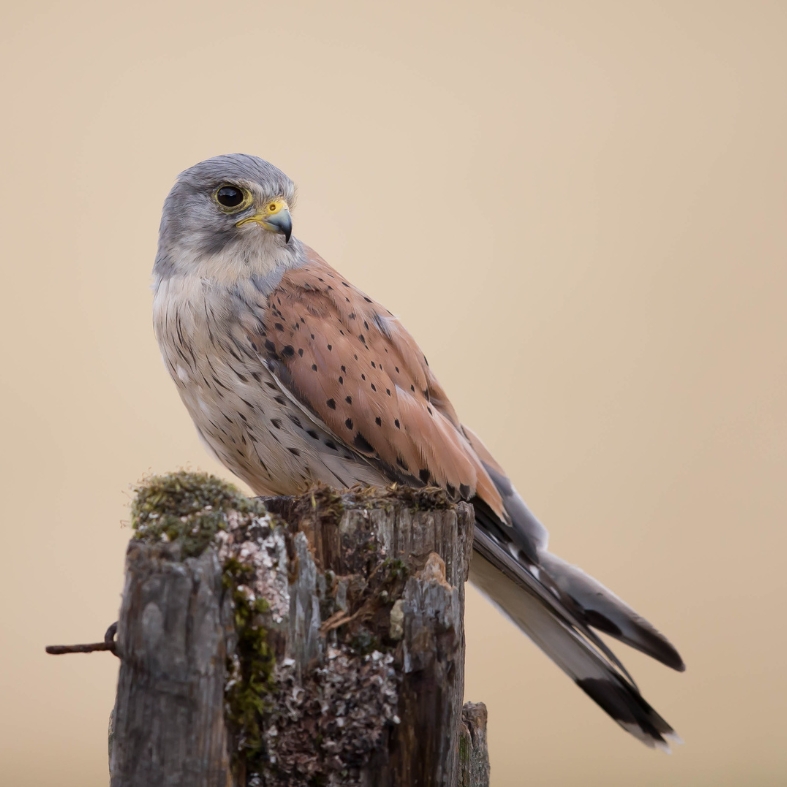

The issue of raptor competition and predation is complex and one which has the potential to have a significant impact of birds of prey population dynamics in the UK, says BASC’s Sophie Stafford.
The lay of the land for raptors in the UK is changing. Some species, such as red kites (Milvus milvus) and common buzzards (Buteo buteo) have in recent times seen significant increases in their populations. However, while others, such as goshawks (Accipiter gentilis) and common kestrel (Falco tinnunculus), appear to be suffering declines.
To better understand these ecological changes, BASC commissioned the University of Evora to conduct a rapid evidence assessment (REA). The aim of the REA was to investigate the impacts of intraguild predation (when one species kills and eats another species that would normally be its competitor, rather then prey) and interference competition on bird of prey assemblages in the UK.
REAs such as this focus on a specific knowledge gap, collating and evaluating all of the available relevant information on that topic into a report, and identify areas where further scientific research is needed to fill any remaining voids. The findings of these reports can also inform best practice guidance and underpin policy direction, providing essential evidence to ensure decisions are balanced and proportionate.
Competition between individuals of the same (intraspecific) or different species (interspecific) can occur for several reasons. These include a reliance on the same resources, sharing territories or nesting sites, as well as perceived threat.
Sometimes this competition manifests as aggressive displays of behaviour, known as interference competition, where one individual will attempt to disrupt the chances of the other’s success/chances of survival.
Competition can also go a step further, when individuals prey on their competitors to increase their own access to resources – this is known as intraguild predation.
The REA researchers looked at 510 dietary studies and 100 studies on raptor interactions. They found that while 69 per cent of European raptor species do prey on other raptors, the prey raptors only constituted around one per cent of the predator raptors’ diet.
In the UK, the main raptor species predating on other raptors in the UK were goshawks, peregrine falcons and golden eagles, with common kestrel being the most common prey. Interestingly, common kestrel were also the most frequent initiators of interference interactions, whilst common buzzard were the most frequent target.
If intraguild predation is intensive, it could lead to declines in the prey raptor species, however the evidence base for this is limited.
Aside from predatory behaviours, other observed interactions included:
The drivers of these direct and indirect interactions are not clearly understood but could be caused by: i. scarcity of prey; ii. opportunistic predation of smaller individuals; iii. a need to remove competitors; or, iv. a need to remove potential predators.
The impacts of predation or interference competition among raptors can be observed at an individual, population or community level.
It can impact spatial distribution of raptors through avoidance behaviours or habitat selection, resulting in changes to subdominant raptor population densities and distributions. For example, aggressive interactions were found to impact subdominant species such as common buzzard, through affecting reproduction (43 per cent); space use, population density and movement behaviour (42 per cent); and other behaviours (13 per cent).
Overall, goshawks, peregrine falcons, and golden eagles were found to have the greatest potential to influence bird of prey assemblages.
The interactions and consequences explained above, coupled with ongoing reintroductions and protection of raptor species, could in the long term result in an altered community structure and community dynamics. In turn, this could impact the ecology of landscapes managed for shooting.
That said, there are some significant knowledge gaps surrounding the impact (on both an individual and population level) of predation and intraspecific interactions within raptors communities in the UK.
The REA review highlighted that existing research displayed bias towards popular study species, with limited documented interactions for nocturnal species – largely due to the challenges in observing these. The frequency of raptor interactions also appeared to receive little research attention and thus the long-term impacts are not well understood.
As such, growing our understanding of complex raptor interactions, as well as the impacts of reintroductions, is essential and may well reap dividends in contributing to reducing human-wildlife conflict in the future.
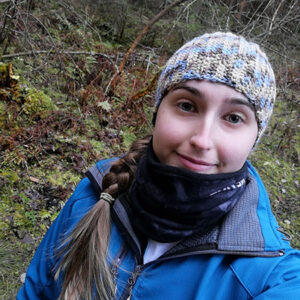

Marnie Lovejoy has been appointed as BASC’s new head of environmental law research, with the aim of securing the future of sustainable shooting.
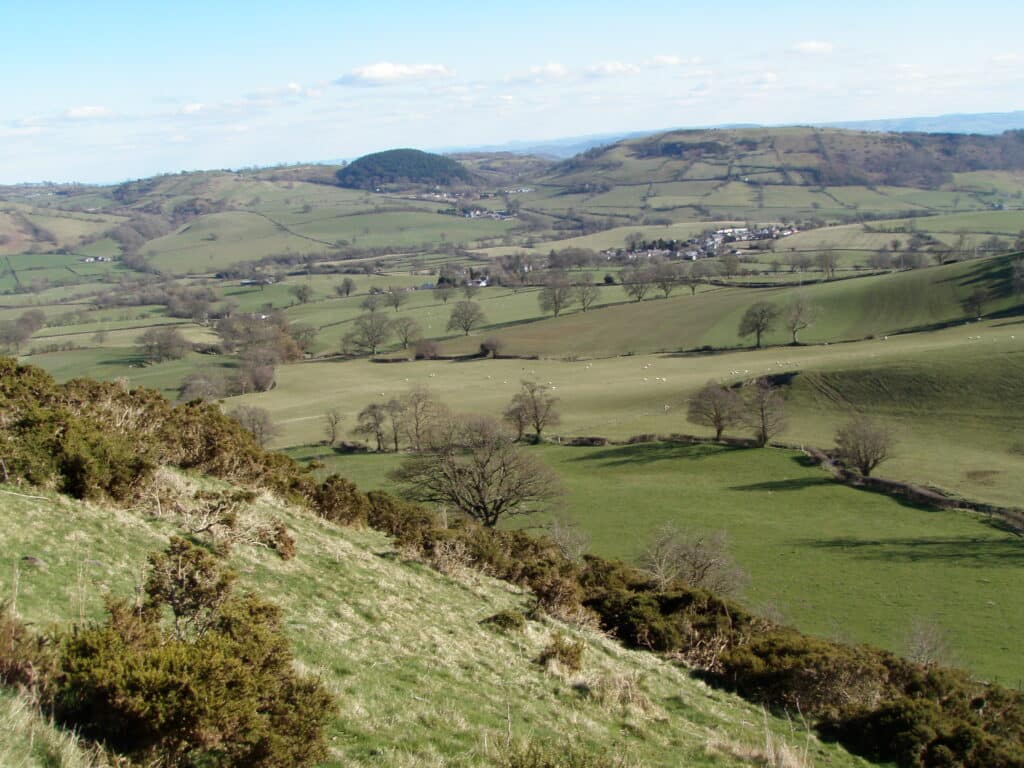
BASC awards £300k package to GWCT to fund sustainability research
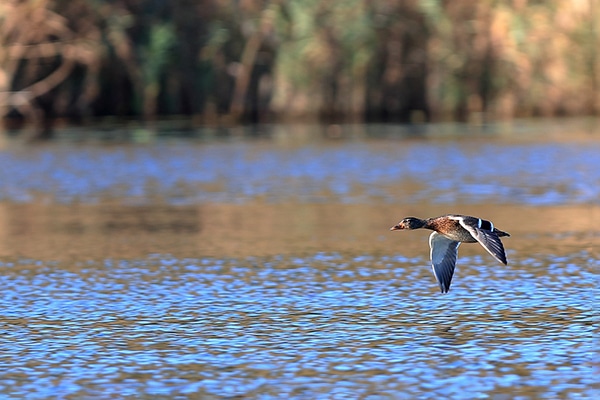
Project Penelope is here again, giving us the opportunity to get cracking with this exciting international conservation scheme.